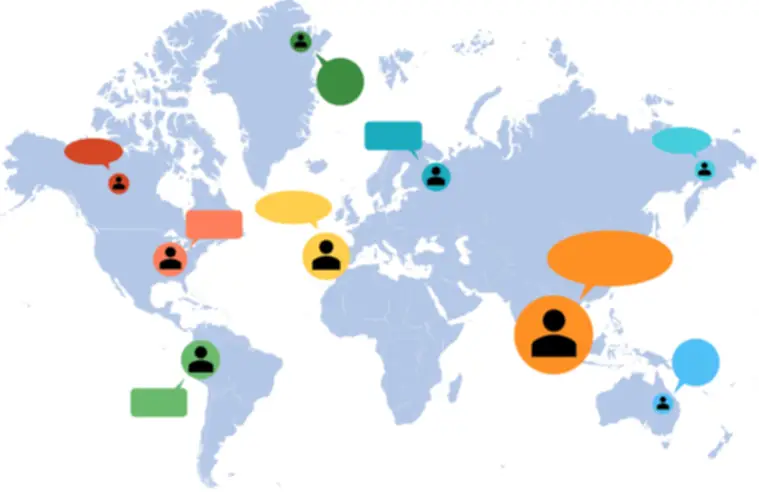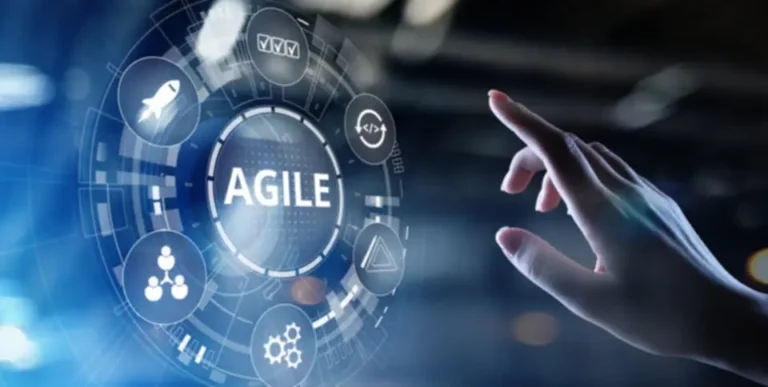Edge Computing Vs Cloud Computing: Exploring The Key Differences
When your evaluation centers on edge vs cloud, it’s important to comprehend every serves distinct strategic purposes. For instance, edge computing isn’t just about pace – it performs a crucial function in distant device management. By contrast, cloud computing offers more than storage, such as advanced synthetic intelligence capabilities that are reworking industries globally. The edge computing and cloud computing relationship redefines modern data administration through know-how integration and efficiency optimization. This technique not solely solves network challenges but also maximizes efficiency and scalability. This is why many enterprises deploy their AI applications using edge computing, which refers to processing that happens where knowledge is produced.

Scalability is among the many most notable benefits of cloud computing as a outcome of it permits expanding to accommodate future necessities. Additionally, rising organizations with many members requiring entry to IT resources can benefit from the collaborative nature of cloud technology. When researching the advantages of edge computing, you’re likely to encounter the term latency. Relating To edge computing, community latency refers to the time it takes for an information packet to journey from one place to another. These insights make figuring out performance indicators like a website or application’s load time simpler. In conditions the place real-time data processing is crucial, edge computing solutions can be the most suitable solution as a outcome of they require less processing time and sources for a more constant general user experience.
If you want collusion for large knowledge analytics, machine learning, and information storage, choose cloud computing. If you require high scalability, opt for cloud computing, because it allows for large-scale processing and grants you entry to more computing resources. Nevertheless, prepare for larger operational costs and more security dangers as the information https://www.globalcloudteam.com/ might be saved on distant servers. In many situations, a hybrid cloud structure, combining components of each edge and cloud computing, proves to be the simplest approach. It is a tailored combination of on-premises or personal cloud infrastructure and public cloud companies.
Fog computing is a distributed computing model that is designed to complement edge computing. It extends the capabilities of edge computing by offering a layer of computing infrastructure between the sting devices and the cloud. This infrastructure is known as the fog layer, and it supplies extra computing resources and providers edge computing definition to edge devices. Nonetheless, cloud computing, then again, revolves around centralized computing. The information is transmitted from consumer devices to remote, massive information facilities for computation and storage.
AI reasoning is probably considered one of the biggest drivers of accelerating compute demand, and thus semiconductors, mentioned executives from corporations that design and make chips. AI reasoning moves past primary understanding and into superior studying and choice making, which requires additional compute for pre-training, post-training and inference. Finally, AI outcomes return to the edge the place inferencing and real-time decision-making happen. NativeEdge’s orchestration platform ensures these functions are deployed effectively, securely, and persistently throughout multiple environments, wrapping the complete course of in a seamless feedback loop. Understanding the unique strengths of each paradigm and knowing when to leverage them ensures that organizations can reap the ful benefits of those technologies for an environment friendly, and agile IT infrastructure. Both Edge Computing vs Cloud Computing present particular benefits as nicely as special challenges, which enterprises have to deal with to take advantage of their full capacity.

Moreover, edge devices could be additional encrypted to add additional security layers. In this hybrid mannequin, information flows from the edge, the place it is generated and initially processed, to the cloud, the place it could be further analyzed and built-in into broader purposes. In cloud computing, the “edge” is the community infrastructure’s furthest point from the middle of the community, the place data is exchanged between cloud companies and sensor devices, IoT devices and other finish nodes.
Data Processing And Latency
Since the computing energy is brought closer to the sting of the network, it allows processing of data quicker, ensures knowledge sovereignty, and will increase bandwidth. It is feasible to attain edge computing with the help of bodily gadgets like edge notes, cameras, sensors, and different IoT units. Cloud computing serves as a spacious digital storage accessible from anyplace, perfect for in depth knowledge storage and collaborative duties. On the other hand, edge computing, positioned nearer to the bottom, excels in tasks demanding swift knowledge processing and real-time responses.
Cloud computing depends closely on consistent web connectivity to access remote servers. This dependency can be a limitation in environments with unstable or intermittent internet connections, probably affecting business Legacy Application Modernization continuity and disaster restoration efforts. Edge computing is beneficial on mobile gadgets where real-time processing of biometric data and healthcare info is essential.
- Even although they play different roles, edge and cloud computing may be tightly coupled when used collectively, so much that they turn into hard to inform aside.
- Cloud-based platforms facilitate long-term knowledge storage, historical development analysis, and resource-intensive computations which may be impractical to carry out on edge units.
- The convergence of edge and cloud computing is shaping a new landscape in data processing, permitting organizations to leverage the strengths of each paradigms for enhanced performance and efficiency.
Edge Computing: What Is It, Benefits And Use Cases
Thus, conventional computing fashions are giving method to extra superior and tailored paradigms that address the unique challenges posed by IoT environments. Edge AI reduces latency by processing data closer to its source, eliminating delays caused by network congestion or long-distance communication with cloud data facilities. For instance, a manufacturing plant would possibly use edge devices to observe gear and stop failures in real time.
The debate between Edge Computing vs Cloud Computing isn’t about choosing one over the other—it’s about discovering the best stability. Edge computing is well-suited for real-time decision-making and low latency, whereas cloud computing scales and provides immense storage and power for big information operations. The Place relevant, the longer term could be found within the mixture of know-how and the resultant hybrid options that ship pace, efficiency, and scalability. Cloud Computing, though glorious and environment friendly, is a problematic system due to its excessive latency as a end result of there might be always a data transfer to/from a central server.
In this edge computing vs cloud computing comparability, we discover the definitions of edge computing and cloud computing, looking into their similarities, key variations, advantages, downsides and how they work. Safety AlertsSurveillance techniques need to immediately alert any potential threats and actions because of which they will profit from edge computing know-how. Via edge, requests are processed immediately on the network allowing safety suppliers to take immediate actions.
By uniting the highly effective tools of Dell NativeEdge, Dell Data Lakehouse, and Dell AI Manufacturing Facility, organizations are poised to thrive in this edge-first era. These technologies work together to permit companies to store, process, and analyze information precisely where they need it—be it at the edge or in the core. NativeEdge not solely deploys the inferencing fashions developed in the AI Factory but additionally manages their lifecycle across distributed edge environments. By ensuring constant performance and security, it helps organizations bridge the gap between the conceptual power of AI and its practical, real-world purposes.
As IDC identified, edge-based processing can optimize knowledge transmission by as a lot as 40%, a doorbell for locations with poor community availability. As has been emphasized, edge gadgets carry restricted processing energy, memory, and even battery life. Edge computing must rely on distribution to streamline the method, sending only relevant information for processing. Fog computing is an extension of cloud computing that treats the cloud as a virtual layer between the Web and edge devices. The benefit is a better provision of efficiency, reliability, and cost-effectiveness.
This is especially important for contemporary functions corresponding to data science and AI. In computing, the time period edge refers to a range of devices and networks that are bodily near the consumer. You can use it to attract comparisons, determine main variations, and construct a stronger total understanding of every type of computing.
Av. Hermes da Fonseca, 1542
Bairro: Tirol
Cidade: Natal/RN – Brasil
CEP: 59020-000
[email protected]
+55 (84) 4006.0700